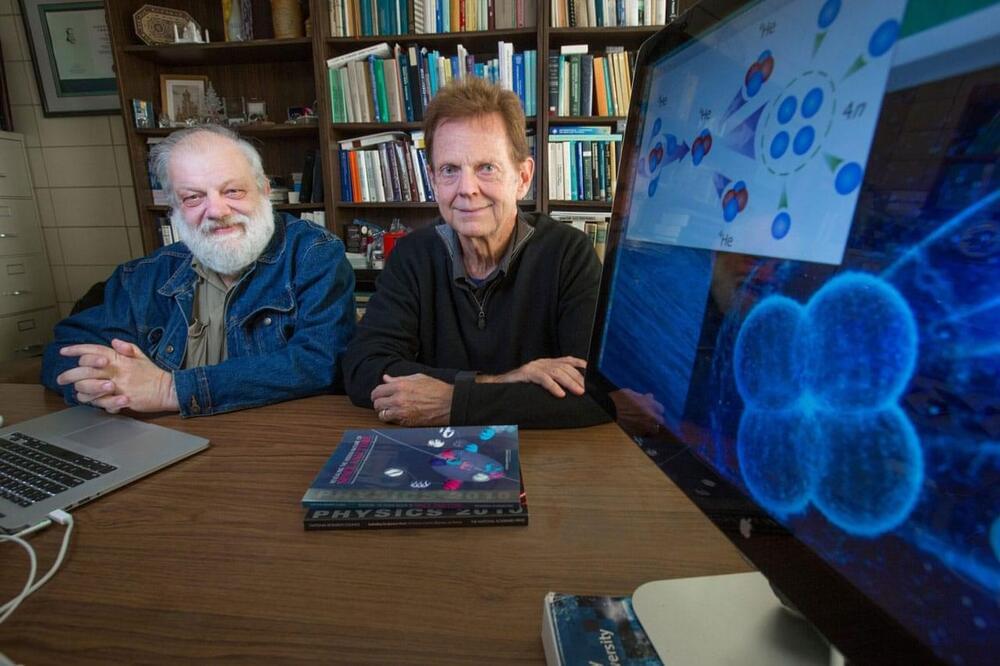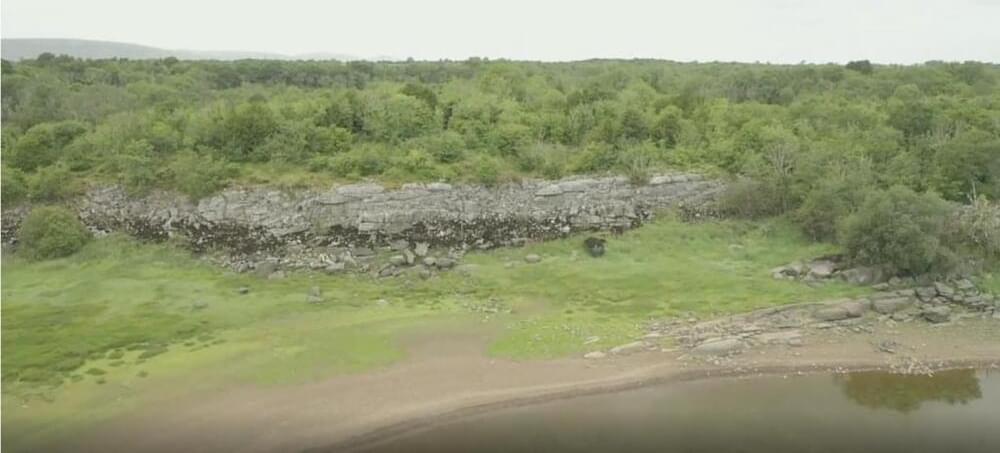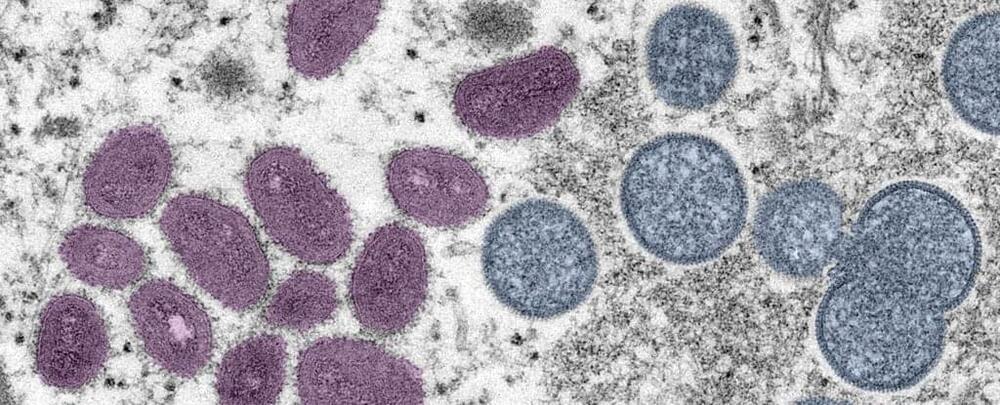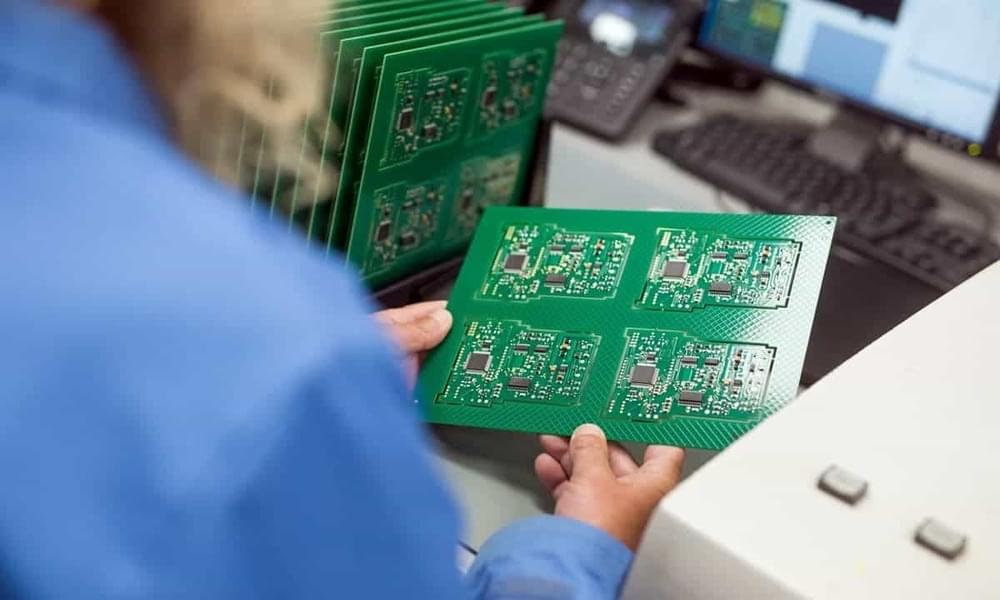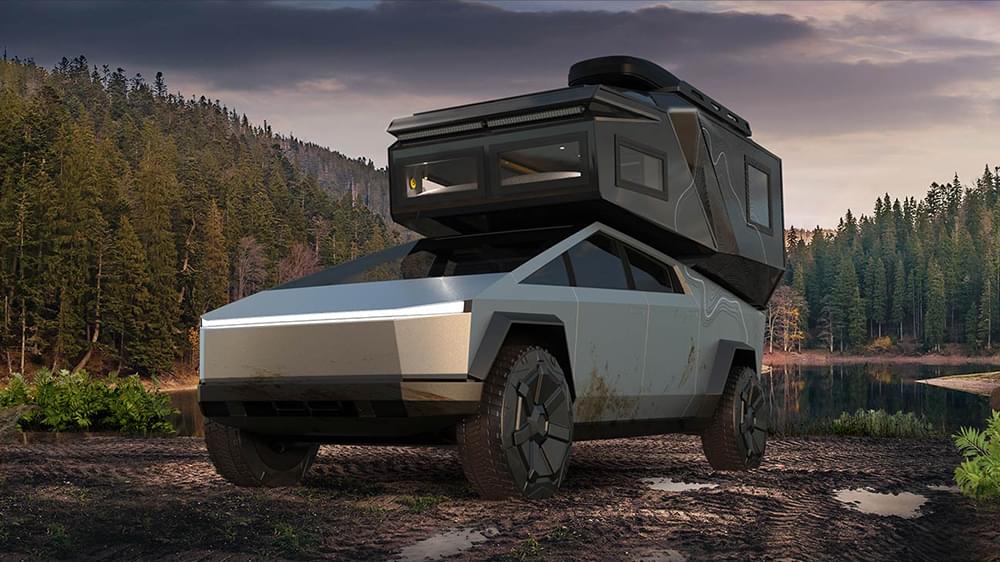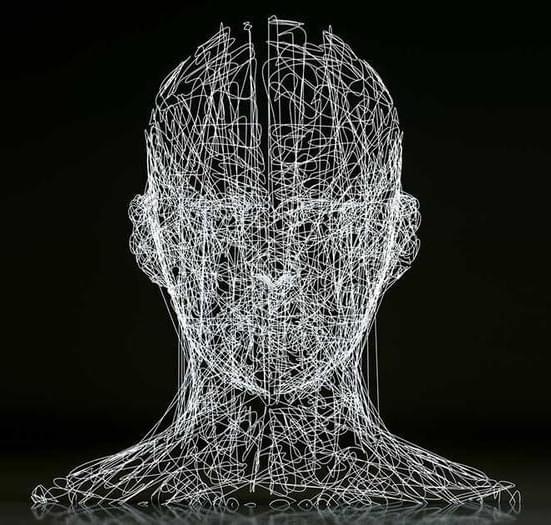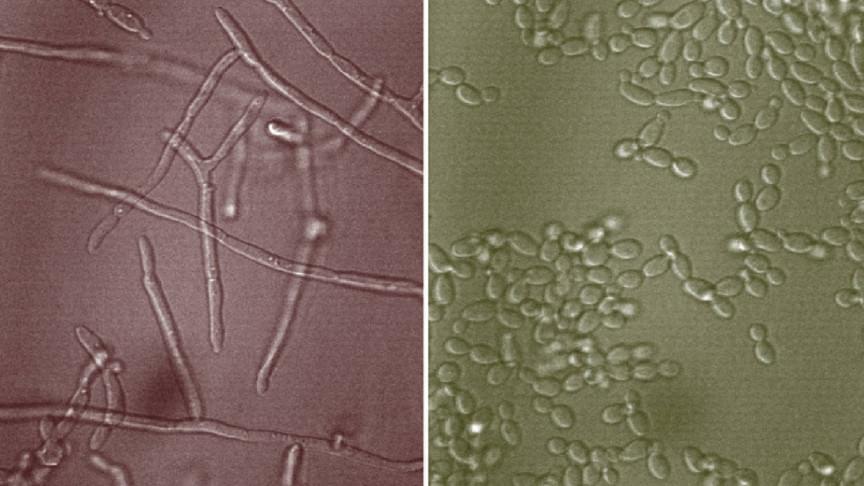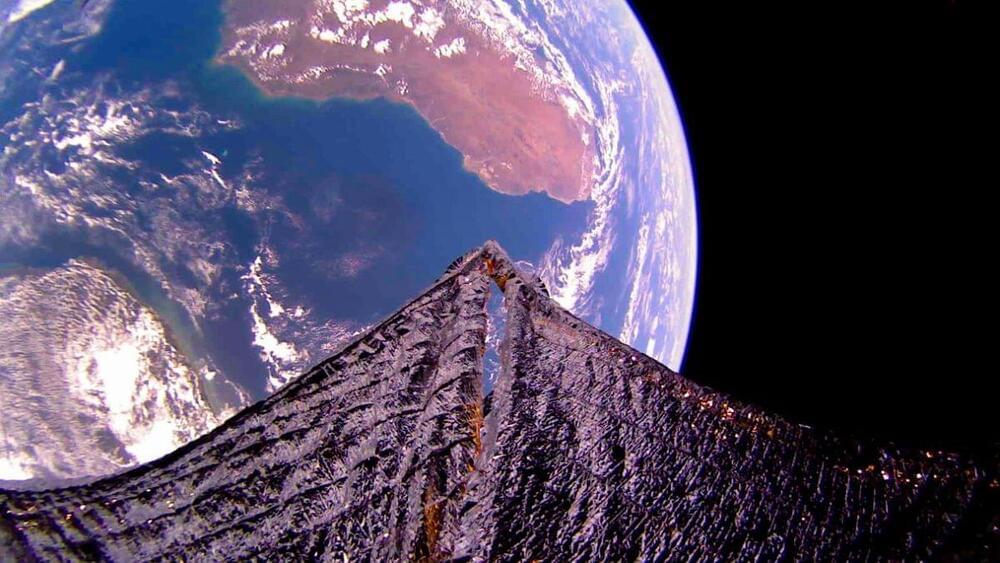A long-standing question in nuclear physics is whether chargeless nuclear systems can exist. Only neutron stars represent near-pure neutron systems, where neutrons are squeezed together by the gravitational force to very high densities. The experimental search for isolated multi-neutron systems has been an ongoing quest for several decades, with a particular focus on the four-neutron system called the tetraneutron, resulting in only a few indications of its existence so far, leaving the tetraneutron an elusive nuclear system for six decades.
A recently announced experimental discovery of a tetraneutron by an international group led by scientists from Germany’s Technical University of Darmstadt opens doors for new research and could lead to a better understanding of how the universe is put together. This new and exotic state of matter could also have properties that are useful in existing or emerging technologies.
The first announcement of tetraneutron was done by theoretical physicist James Vary during a presentation in the summer of 2014, followed by a research paper in the fall of 2016. He has been waiting to confirm reality through nuclear physics experiments.
